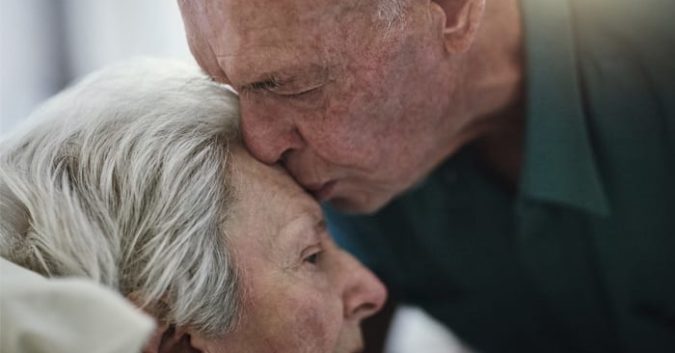It is a sad fact that serious cases of nursing home abuse are often concealed. At least one quarter of these cases are never even reported to authorities, a number that is likely a gross underestimate, since it is based on individuals who required treatment in a hospital following the episode. This figure also does not include nursing home residents who may be abused chemically though being given inappropriate medications. Abuse by sedation is far easier to hide than physical abuse, and just as deadly.
The Quiet Epidemic
A recent report by the Long-Term Care Community Coalition (LTCCC) highlighted the number of nursing home residents who have been inappropriately given anti-psychotic drugs. The LTCCC is a group of affiliated nonprofit organizations that focus on improving care and protecting the rights of individuals who live in nursing homes. In a 2015 report, the organization highlighted the number of nursing home residents who were being treated with anti-psychotics. While the medicine was allegedly prescribed for schizophrenia, that is not a condition one acquires at the age of 90.
The latest report by the LTCCC suggests these numbers have not changed. The statistics are corroborated by a Human Rights Watch statement that was presented earlier this year, suggesting as many as 179,000 nursing home residents nationwide may be wrongfully given anti-psychotics. This is not a new problem, as the Centers for Medicare and Medicaid Services (CMS) had an initiative in 2012 to improve care for dementia in nursing homes, in part by reduce the use of anti-psychotics by 15 percent.
CMS says this goal was met the following year, but the 2015 report by the LTCCC argued that neither state authorities nor the CMS were making sure that nursing homes complied with regulations regarding anti-psychotics. The LTCCC stated that the CMS did little more than explain these rules to nursing home industry, with little to no push for enforcement.
This report noted, “the average state citation rate for inappropriate drugging [in nursing homes] was 0.31 percent.” This is far below what it should have been with proper oversight. Regulators only found that residents had been hurt by such drugs in 2 percent of cases, meaning nursing homes could not be fined for the violation. At the same time, the report highlighted that nursing home residents were being given drugs as a “means of chemically restraining” them, an abusive and harmful tactic.
Drug Dangers
Anti-psychotic drugs can have serious side effects, which is why prescribing them to anyone without a just cause is against federal law. Many of these drugs are meant primarily for treating conditions such as schizophrenia. Given this, less than 2 percent of the United States population should ever need to take them. Yet in a 2012 report, the LTCCC stated 22.42 percent of nursing home residents in the U.S. were being given such medications.
Anti-psychotics have proven so hazardous that the Food and Drug Administration (FDA) has given them a “black box” warning, indicating that they are not supposed to be taken by elderly patients with dementia. These medications raise the rate of heart attacks and strokes, can cause patients to fall, and they decrease an individual’s quality of life because they are severely sedated.
Despite this labeling, in 2011 the Office of the Inspector General of the U.S. Department of Health and Human Services (DHHS) issued a report noting that 88 percent of antipsychotic drug use in nursing homes was banned by the black box warning.
When All Else Fails, Change the Diagnosis
While the CMS has reported that anti-psychotic drug use was reduced by over 34 percent between 2011 and 2017, the LTCCC alleges that the government and nursing home industry are overestimating this figure. According to a study released in 2017, the “reduced rate” of antipsychotic drug use may be partly due to an increase in the diagnosis of conditions that are not included in the black box warning. In short, about 20 percent of the reduction could be due to changing diagnoses to “acceptable” ones. Also, since the number of nursing home residents has dropped in the past few years, numbers may have decreased due to a smaller number of patients.
While physical signs of abuse may be easier to spot, we must not ignore the silent forms of abuse and neglect that are taking place in our nation’s nursing homes. We must call on Congress and state legislatures to enforce the laws we have elected them to uphold, the ones that protect our most vulnerable citizens, or we must vote them out of office come November. Only 6 months and counting.
